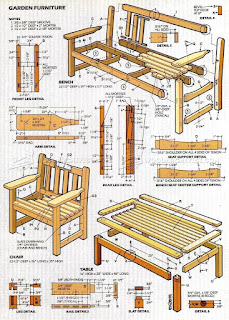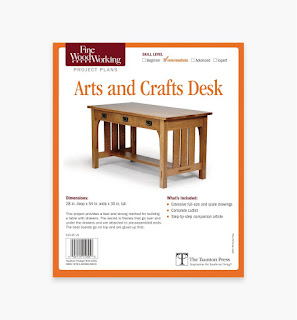Unleash Your Inner Craftsperson: DIY Woodworking Projects for Unique Home Decor
Tired of mass-produced home decor? Yearning for pieces that reflect your personality and craftsmanship? Then dive into the rewarding world of DIY woodworking! This article presents several unique projects, perfect for beginners and seasoned woodworkers alike, transforming your home into a haven of personalized style. Forget generic store-bought items; let's craft something truly special.
Rustic Floating Shelves: A Simple Start
Floating shelves offer incredible versatility. They add character to any room, from a minimalist living room to a cozy study. This project is ideal for beginners, requiring minimal tools and expertise. You'll need basic lumber (consider reclaimed wood for added rustic charm), a drill, screws, and a level for perfect placement. Start by cutting your shelf boards to your desired length. Next, carefully measure and mark the wall for the hidden brackets. Pre-drill pilot holes to prevent the wood from splitting. Secure the brackets firmly to the wall, ensuring they're perfectly level. Finally, gently slide the shelves onto the brackets, admiring your handiwork.
Tips for Success:
- Choose wood that complements your existing decor. Darker woods offer a more dramatic look, while lighter woods create a brighter atmosphere.
- Consider adding a sealant to protect the wood from moisture and enhance its durability.
- Experiment with different bracket styles for a unique touch. Hidden brackets offer a clean, minimalist aesthetic, while visible brackets can add a touch of industrial flair.
Geometric Wall Art: A Touch of Modernity
Add a touch of modern sophistication with geometric wall art. This project allows for incredible customization. You can create intricate patterns or stick to simple shapes – the choice is yours! Start by sketching your design on paper, ensuring accurate measurements. Transfer the design onto your chosen wood (plywood works well for this). Use a jigsaw or laser cutter for precise cuts (if you don't have a laser cutter, a sharp hand saw and patience will do the trick!). Sand the edges carefully for a smooth finish. Finally, stain or paint the pieces and arrange them on the wall to create your unique masterpiece. You can even add LED strip lighting behind the shapes for a captivating effect.
Advanced Techniques:
- Experiment with different wood types and finishes to create contrasting textures and colors.
- Incorporate inlaid wood pieces or metallic accents for added complexity.
- Use a router to create more intricate designs and patterns.
Personalized Wooden Coasters: A Charming Detail
Elevate your coffee table with personalized wooden coasters. This is a fantastic beginner project that lets you express your creativity. Start by selecting your wood – sturdy hardwoods like oak or maple work best. Cut the wood into squares or circles using a jigsaw or hand saw. Sand the edges until smooth. Now for the fun part: personalize them! You can engrave initials, add a simple design with a wood burning tool, or paint them with vibrant colors. Finish with a sealant to protect your coasters and prevent water damage. These thoughtful gifts also make fantastic presents.
Customization Ideas:
- Use different wood types to create a set of unique coasters.
- Add resin for a decorative, glossy finish.
- Incorporate pressed flowers or other small embellishments.
These are just a few ideas to spark your imagination. Don't be afraid to experiment, explore different techniques, and let your creativity flow. The satisfaction of creating unique, handcrafted home decor is truly rewarding. So, grab your tools, choose your wood, and let's get crafting!


































